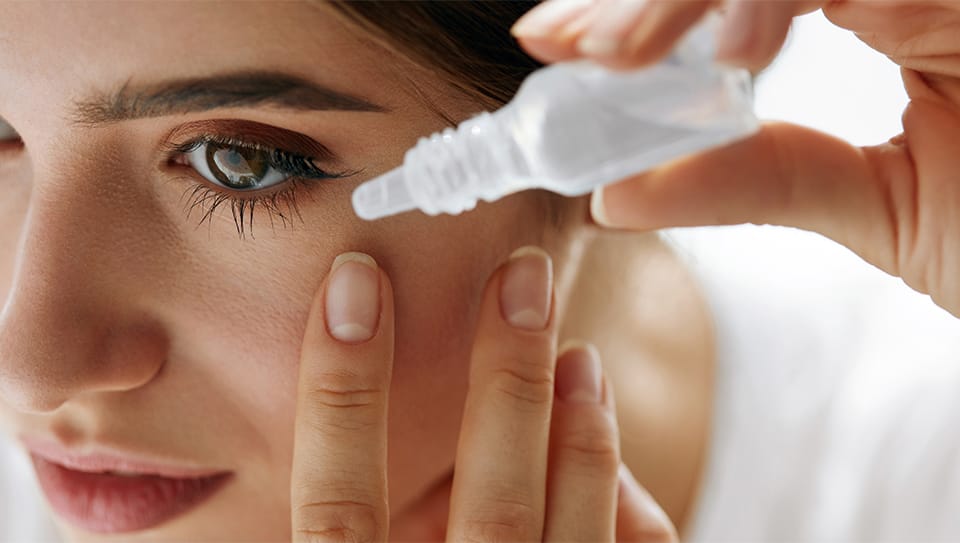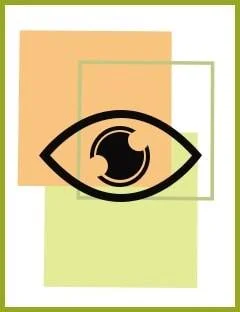Do You Have Dry Eye Disease?
Studies estimate that approximately 30% of Canadians suffer from problems related to dry eye disease.
Dry eyes are often a normal part of the aging process. Medications, hormonal changes, lifestyle factors, or dry environments can exacerbate the problem.
There are two main types of dry eye disease: aqueous deficiency and evaporative dry eye.
Aqueous Deficiency
When your body doesn’t produce enough tears, you might have aqueous deficiency dry eye disease. It can either be caused by age, or by something more serious like Sjogren’s Syndrome, an autoimmune condition which attacks tear glands.
Evaporative Dry Eye
Evaporative dry eye syndrome is the most common cause of dry eye disease. It occurs when one of the three main layers of your tear film is out of balance.
If you don’t have enough mucus in your tears, the water won’t spread evenly over the surface of the eye. If you lack sufficient oil, water will evaporate too quickly. If you don’t have enough water, well, your eyes will probably be dry.
Not sure if you have dry eye disease? Contact an LMC optometrist in our clinics across Ontario for a personalized consultation.











